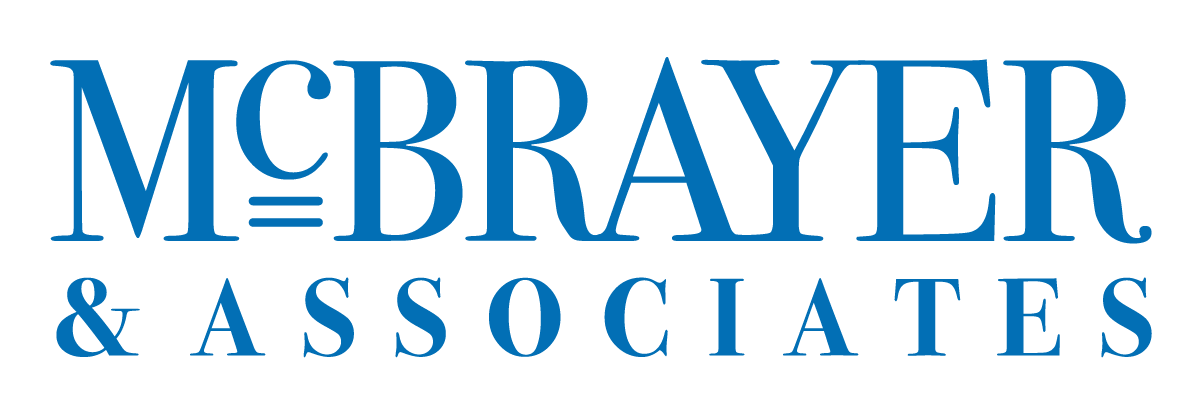How to Achieve the Most Effective Business Proposal Structure

The structure of your business proposal gives you, the seller, full control.
First, we need to have all of the raw ingredients to craft a compelling message. These include a Point B, Diagnosis of Pain and Gain, Customized Benefits, and a Brainstorm of the Best Value Proposal.
We also need to focus the presentation in order to avoid the top five sales proposal errors. Below I have detailed the formula for crafting the most effective business proposal structure.
Adhering to a Structure
The simplest way to avoid making the five most common sales proposal mistakes is by adhering to a structure. On the most basic level, we begin by:
- Telling them what we’re going to say in a brief sentence or two.
- Saying it by including details in the body of the story.
- Reminding them what you told them in a brief conclusion, including only the highlights.
When it comes to the most complex of these three parts, the body, we need to make sure we have all the ingredients that we will need in order to start strong, differentiate, and prove our claims.
Crafting an Effective Proposal
Here are the raw ingredients we’ll need in order to craft an effective sales proposal.
- Point B consists of what we want the buyer to do as their next step. This section also includes your call to action.
- In Diagnosing the Pain we not only isolate the problem the buyer is trying to avoid, but we also establish the negative consequences of a failure to fix the problem or achieve the goal.
- When we Customize the Buyer’s Benefits we put the buyer’s needs at the heart of our presentation. We demonstrate that we understand his or her problems and needs, and show the cause-and-effect relationships for them.
- Brainstorming for the best Value Proposition means choosing the best or most unique solution for the buyer by utilizing the information we have. Our solution is unique in that it directly solves the buyer’s most pressing issue.
Creating a Narrative
By utilizing those raw ingredients, we can then focus on synthesizing them into a narrative with a Strong Start, Differentiation, and Validation. Here is what each of those steps looks like, in brief.
1. Strong Start or Initiation
In this introduction, we merely want to tell the buyer in short what we are about to tell them in full. We are essentially creating a roadmap that will lead us through the remaining steps. The Strong Start includes the following six points:
- The Opening Gambit
- Unique Value Proposition
- Link to Proof of Concept
- What’s In It For You
- Link to Point B
- Preview and Running Time
2. Differentiation
People decide by comparing. Your Unique Value Proposition (UVP) is your actual value because it is something that your competitors cannot do. The most important aspect of differentiation is that you have customized your solution specifically to meet the buyer’s needs. Even though you probably did not change your product or service, you do declare exactly how the Value Proposition will best help your buyer. The reason differentiation is so important is that if you’re not differentiating your solution, you are selling as much for your competitors as you are for yourself.
3. Validation
Most buyers will want to trust us but also want to verify our product’s merit. Basically, they want us to tell the truth, but they are too intelligent to simply take our word at face value without further investigation. Unfortunately, most buyers also want to avoid conflict. That means that if we do not proactively validate our claims, they will not request us to do so. We have to validate on our own through four sources: third party validation, demonstration, supporting data, and painting the vision.
Conclusion
By using the raw ingredients of Point B, Diagnosis of Pain and Gain, Customized Benefits, and a Brainstorm of the Best Value Proposal, we can organize our proposal with a Strong Start, Differentiation, and Validation. This is the most effective business proposal structure, and it includes all the necessary elements for a satisfying agreement.
